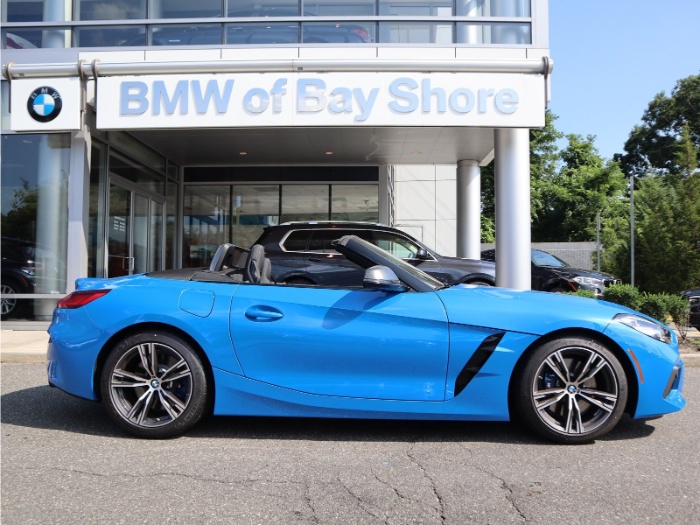It finally happened. Half a year after the official launch, Carwow got their hands on the brand new 2020 Toyota Supra and 2020 BMW Z4, so they can answer the questions we’ve all been asking:
Is it all just badge engineering? And if not, is there really a difference?
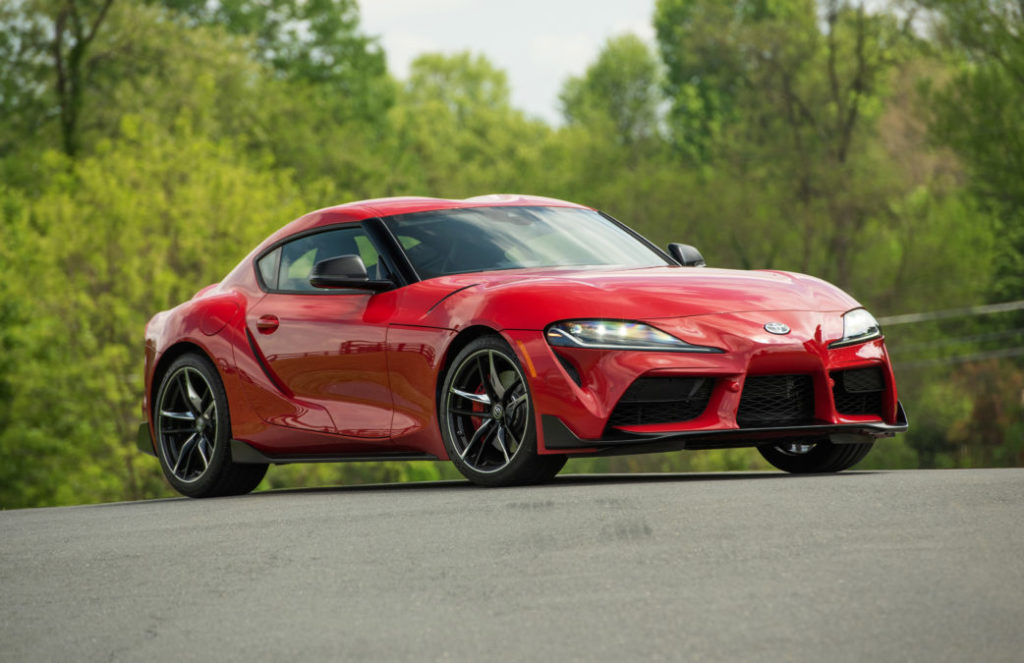
Both cars are using the same core components – the CLAR platform, B58 3.0-liter, inline-6 turbo engine, 8-speed ZF automatic transmission, down to the interior, electronics, and infotainment. It’s all BMW.
This performance test, however, proves they are, in fact, not the same car.
Toyota Supra is undeniably quicker, completing the quarter mile in 12 seconds flat. The BMW was half a second behind it.
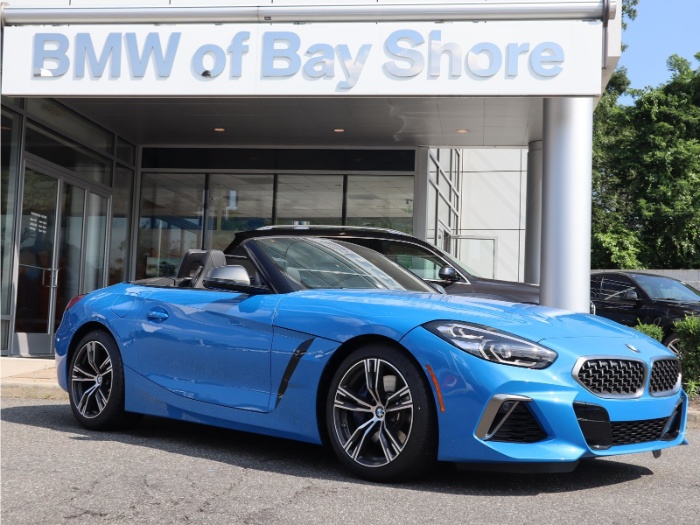
Even when the Z4 got the better launch, the Supra was able to catch up, overtake and keep pulling. Both cars have launch control, so the differences at launch are likely due to driver reaction.
In the rolling start from 50 mph, the Supra was superior again, immediately pulling ahead and keeping its advantage as both cars approached the limited top speed of 155 mph.
Saving face, the Z4 won the brake test, stopping a good 3 feet shorter than the Supra from 70 mph.
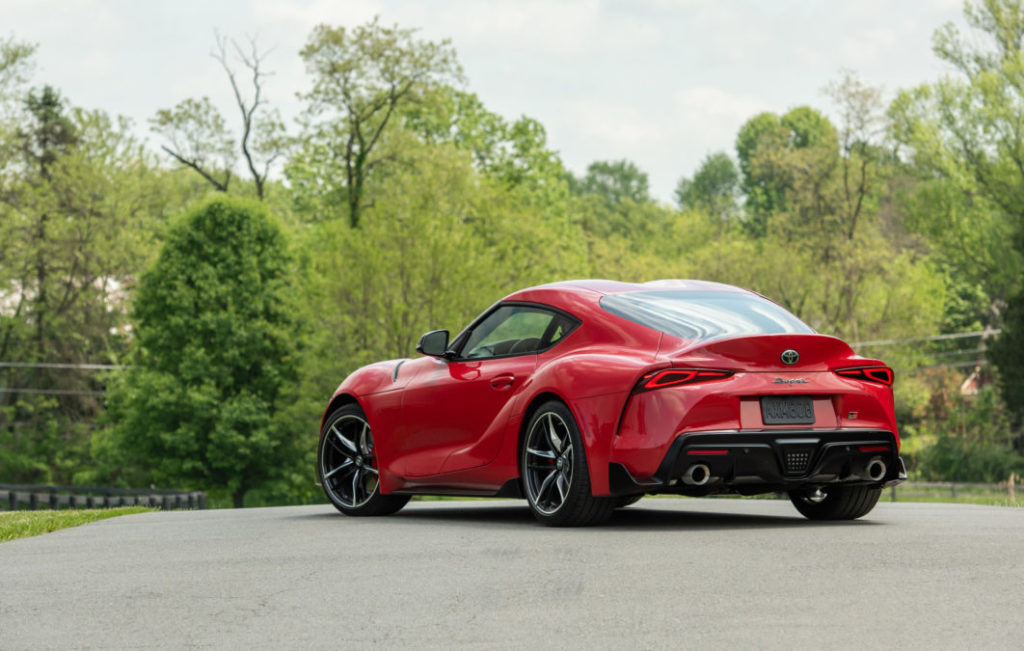
Body kits aside, the tuning of each vehicle is done independently by BMW and Toyota. Add in some differences in suspension and brake systems, and you get totally different driving dynamics.
Both manufacturers posted different power figures, although they used identical hardware. However, it appears they both understated their vehicles.
Dyno tests have shown the Supra developing up to 376 hp and 410 lb-ft of torque at the wheels, while a separate test for the Z4 showed 362 hp and 425 lb-ft of torque.
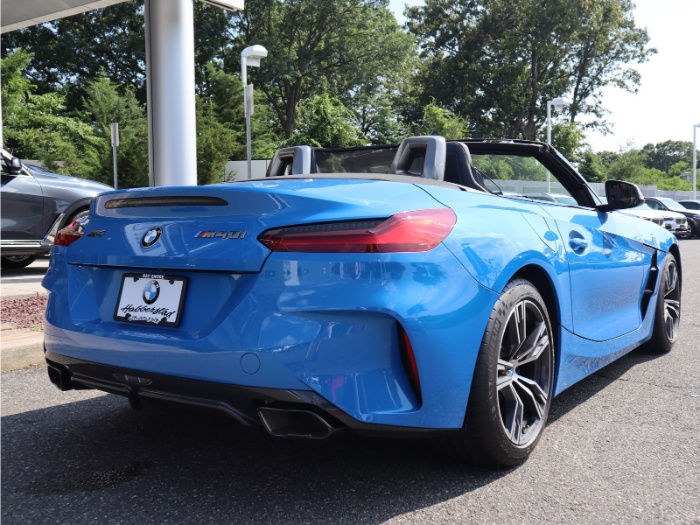
Now, dynos measure power at the wheel, which includes parasitic losses from the transmission, differential, and driveshafts. The engines actually deliver anywhere up to 20% more power and torque to the flywheel.
Car and Driver have also tested far quicker acceleration than the manufacturer’s claims. Toyota has listed 0-60 mph time for the Supra in 4.1 seconds, while C&D was able to accelerate in 3.8 seconds.
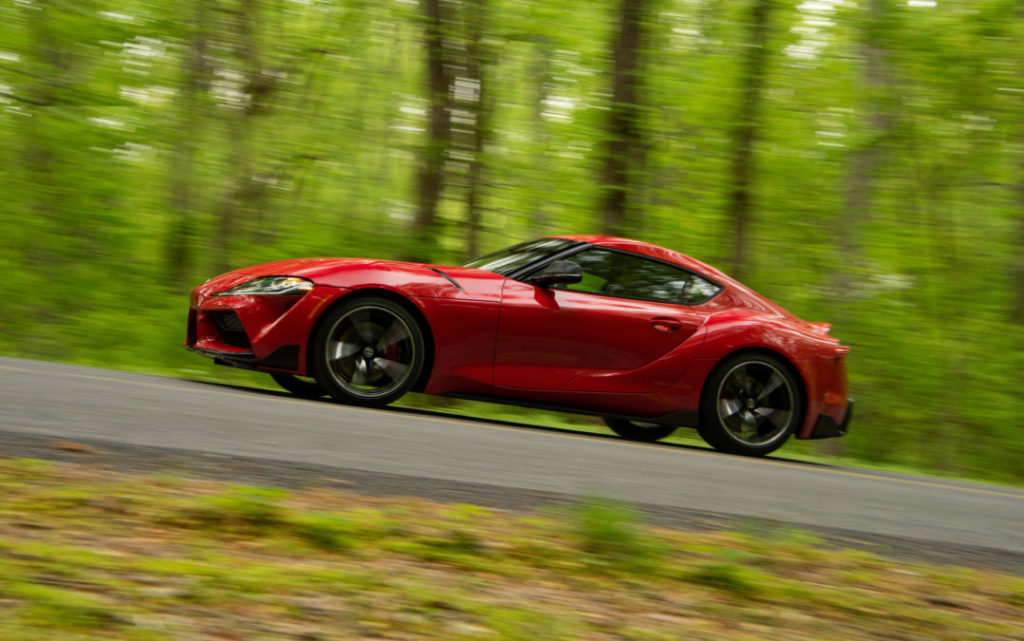
All of this goes to show there’s plenty more inside these cars than it says on the brochure. And the Supra, unlike its BMW twin is built with the tuners in mind with extra vents on the body and space around the engine bay to accept aftermarket upgrades.
